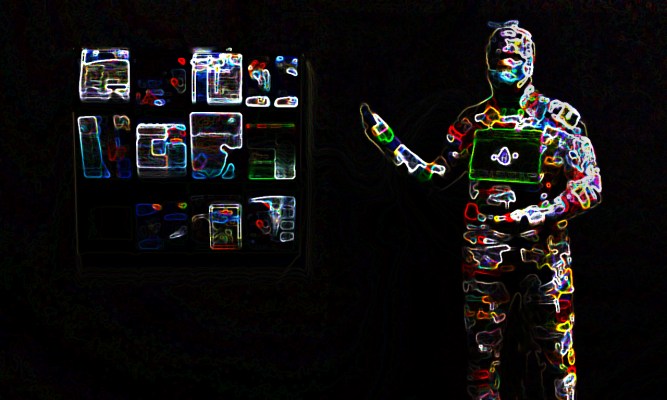Editor’s Note: Elliot Loh is a founder and partner at the San Francisco startup studio The Giant Pixel Corp. Kunal Agarwal is an entrepreneur in residence at Giant Pixel.
2014 will be remembered as the year that wearables leapt into the Silicon Valley mainstream. Tech giants like Apple, Google, Microsoft, Intel, Qualcomm have taken notice and poured money and resources into developing their own offerings.
Earlier players like Fitbit and Jawbone announced multiple new products and a host of promising startups (Athos, Atlas, Misfit, etc.) have emerged with innovative offerings.
With the momentum of these dollars and product releases, its no wonder industry analysts are predicting the wearable movement to be “the next big thing”. Credit Suisse estimates the market could be $50 billion in 5 years, and Morgan Stanley claims the wearable market could reach $1.6 trillion in value.
Those of us closer to the leading edge know that in their current state, wearables have next to no chance of attaining these lofty predictions. The big ugly secret of the current wearable market is that over a third of users who own a wearable device stop using it within 6 months. Certainly, price and the lack of design aesthetic contribute to this lack of retention. However, the main culprit is that despite manufacturers’ claims that these are “smart devices” most wearable products aren’t intelligent at all.
Granted, there’s a certain novelty consumers feel when they are first able to track the number of steps they take in a day, their sleep patterns, or heart rate. But after some time, the lack of any meaning or insight attached to the data means it just becomes another graph to view. Consumers don’t want data dumps — they want actionable information. This is why a wearable soon becomes just another gadget left in the drawer.
[Despite] manufacturers’ claims that these are “smart devices” most wearable products aren’t intelligent at all.
In 2015, the wearable market will reach a critical inflection point where it will gain mass market adoption (close to 20% of adults will have one by EOY – double the 10% seen now) and set itself on massive growth trajectory for the next 5 years. This key moment will hinge less on innovations in hardware, and more on the software and networks that make sense of all that data emitted by the devices. To succeed, wearables must expand from feeds of information to recommendations and other actionable health knowledge.
By now the pattern of platform companies, APIs, and independent developers is clear. We should expect Apple HealthKit, Google Fit, and similar efforts by Jawbone and Fitbit to drive innovative applications to combine personal fitness data with expertise in exercise, nutrition, and even sleep and relaxation to efficiently move participants towards better health. Done well, the result should be a democratization of what has historically been a privilege for those that could afford gym memberships or personal trainers.
Imagine a user with a specific goal – looking their best before a reunion, or competing in a race. Using a wearable device and software intelligence, they can now understand how and when they should be exercising, how to adapt sleep patterns to get better results, and how their nutrition habits affect performance. Imagine further an athlete wearing smart clothing that allows coaches to monitor their fatigue levels and muscular exertion. The coach now has real-time data that allows them to modify their training regimens to ensure peak performance when it matters.
The possibilities are endless and the amount and sophistication of data – and the interpretation of that data – will continue to grow. In this regard, wearables are no different than any other hardware category that rapidly expanded after attaining a smart software layer: networking, the personal computer, and most recently mobile phones.
